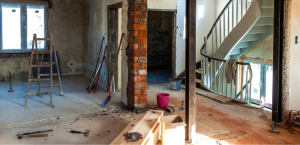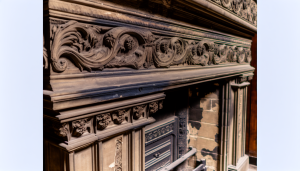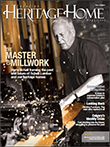Toronto, Ontario — Navigating the delicate dance of blending modern conveniences with the timeless charm of heritage aesthetics in historic homes requires a thoughtful approach. The allure of living in a historic home is irresistible for many, with its unique character, architectural details, and connection to the past. However, integrating contemporary comforts without diminishing the home’s historical integrity poses a unique challenge. This balance is not only essential for the homeowner’s enjoyment and convenience but also crucial in preserving the property’s value and character.
The first step in this intricate process involves understanding the historical significance and architectural style of the home. This knowledge serves as a foundation for making informed decisions that respect the original design while accommodating modern living. For instance, when updating utilities like plumbing or electrical systems, hidden installations can maintain the visual aesthetic while providing the functionality of modern standards. Similarly, using period-appropriate materials for any additions or renovations ensures that the new seamlessly complements the old.
One of the keys to achieving a harmonious blend is focusing on subtle, reversible modifications. For example, instead of replacing original wooden windows with contemporary alternatives, one could add storm windows or high-quality weather stripping. This approach enhances energy efficiency without compromising the historic character. Kitchens and bathrooms often require the most extensive updates due to the need for modern functionality. Here, choosing finishes and fixtures that reflect the home’s era can create a cohesive look. Classic subway tiles, pedestal sinks, and cabinet designs that mimic the property’s period features can modernize the space while honoring its heritage.
Technology also plays a pivotal role in this balancing act, offering discreet solutions that bring historic homes into the 21st century. Smart thermostats, wireless security systems, and LED lighting are just a few examples of modern conveniences that can be integrated without detracting from the home’s aesthetic. Moreover, when it comes to heating and cooling, HVAC systems designed for minimal visual impact ensure comfort in every season without the need for invasive installations.
Color palettes and furnishings also offer opportunities to blend the old with the new gracefully. Selecting hues that were popular during the home’s original period can unify modern additions, creating a cohesive interior design. Meanwhile, mixing antique and contemporary furniture pieces allows homeowners to enjoy the functionality and comfort of modern seating, tables, and storage while still celebrating the home’s historical essence.
Balancing modern comforts with heritage aesthetics requires a respectful, informed, and creative approach. By valuing the past while accommodating the needs of present-day living, homeowners can create spaces that are both functional and historically resonant. This careful preservation and thoughtful adaptation ensure that these cherished homes continue to tell their stories for generations to come, offering a sanctuary that celebrates the beauty of history alongside the conveniences of modern life.









